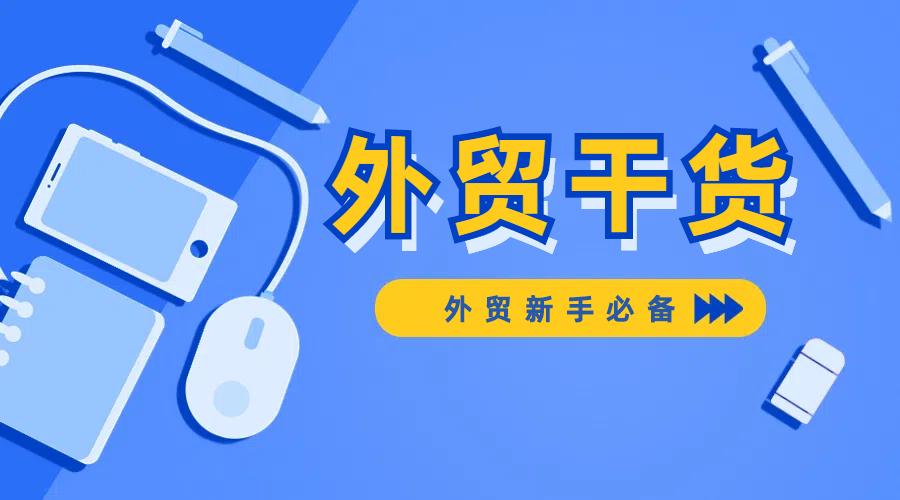 400-076-6558智领未来,外贸超级营销员
400-076-6558智领未来,外贸超级营销员
 400-076-6558智领未来,外贸超级营销员
400-076-6558智领未来,外贸超级营销员

Navigating international trade as a newcomer can be overwhelming, especially when confronted with complex terminology. This article provides an in-depth, interactive Q&A format that addresses the 20 most common trade terms foreign trade beginners encounter. We demystify each term from its fundamental definition and practical usage to crucial operational insights, ensuring you build a solid foundation, avoid pitfalls, and enhance your competence to thrive in global procurement and sales.
FOB (Free On Board) signifies that the seller delivers the goods onto the ship nominated by the buyer at the named port of shipment. The risk transfers from seller to buyer once the goods pass the ship’s rail. It is widely used for sea freight and clarifies who bears responsibility for transportation and insurance at different stages.
CIF (Cost, Insurance, Freight) requires the seller to pay costs, insurance, and freight to bring the goods to the named port of destination. Unlike FOB, the seller assumes additional responsibility, including marine insurance coverage, until the goods arrive at destination port. This term is preferred when buyers want more convenience with less logistical effort overseas.
CFR (Cost and Freight) means the seller must pay for transport of the goods to the named port of destination. Risk transfers at loading onto the ship, similar to FOB, but the seller handles freight costs. Insurance is not included, so buyers often need to arrange their own insurance.
EXW (Ex Works) places minimum obligation on the seller, delivering goods at their premises. Buyers take full responsibility for transportation, customs clearance, and risk from that point forward. It suits buyers with strong logistics capabilities but requires attentiveness to import/export processes.
Mastering Incoterms directly impacts cost control, risk management, and compliance. For example, knowing when the risk shifts helps you allocate insurance correctly and avoid unexpected expenses. Additionally, clear Incoterms shorten negotiation cycles and build trust with international partners.
A Letter of Credit is a bank guarantee ensuring payment to the seller once contractual conditions are met. It mitigates payment risk for exporters and reassures buyers by imposing strict compliance requirements. For foreign trade beginners, understanding L/C terms and document preparation is critical for smooth transactions.
The Bill of Lading serves three key functions: receipt of goods by the carrier, document of title, and evidence of the contract of carriage. It allows the buyer to claim goods upon arrival and is a vital document in logistics and payment settlements.

Gross Weight includes the total weight of the goods plus packaging, whereas Net Weight only accounts for the product itself. Accurate weight declarations are essential for correct freight calculation and customs clearance.
Proper customs clearance knowledge prevents delays, fines, and shipment seizures. Trade regulations vary by country, so having clear documentation and up-to-date tariff information expedites cargo release. Partnering with experienced customs brokers is recommended for novices.
D/P (Documents against Payment) requires the buyer to pay before receiving shipping documents, whereas D/A (Documents against Acceptance) allows payment after receiving documents on a set credit term. Both methods help manage payment flow and reduce financial risks.
The Packing List outlines the content, quantity, and packaging details of the shipment, enabling easy inspection. The Invoice states the transaction value and payment terms for customs and accounting. Both are required but serve distinct purposes.
Lead Time is the duration from order placement to delivery. It impacts inventory planning, market responsiveness, and customer satisfaction. Clear lead time communication avoids misunderstandings and aligns expectations between buyer and seller.
MOQ (Minimum Order Quantity) specifies the smallest amount a supplier accepts per order. Understanding MOQ helps negotiate order sizes aligned with budget and storage capacity while ensuring supplier cooperation.
The Harmonized System (HS) Code categorizes products globally for customs purposes. Accurate HS codes ensure correct tariff application and compliance. International trade databases and customs websites provide HS code lookups.
Currency fluctuations affect the final cost or revenue of international deals. Managing exchange rate risk through hedging or pricing strategies protects profit margins and reduces uncertainty.
Consignment involves goods shipped to the buyer but ownership remains with the seller until sold. It enables inventory flexibility but requires trust and accurate record keeping between parties.
This insurance protects export earnings from buyer insolvency or default, providing safety nets for businesses extending credit to unfamiliar partners.
Terms like EXW, FCA (Free Carrier), CPT (Carriage Paid To), and CIP (Carriage and Insurance Paid To) frequently apply to air freight, defining party responsibilities at different transit points.
.jpg)
Strict adherence to export controls, sanctions, and product regulations is mandatory. Staying updated with regulations from authorities like the International Chamber of Commerce (ICC) safeguards reputation and avoids penalties.
Transparent communication, reliable delivery, contract clarity, and timely problem resolution form the trust chain essential in competitive international markets. Tools like verified trade platforms and official certifications enhance credibility.
.png?x-oss-process=image/resize,h_100,m_lfit/format,webp)
.png?x-oss-process=image/resize,h_100,m_lfit/format,webp)

.png?x-oss-process=image/resize,h_100,m_lfit/format,webp)
.png?x-oss-process=image/resize,h_100,m_lfit/format,webp)
.png?x-oss-process=image/resize,h_100,m_lfit/format,webp)
.png?x-oss-process=image/resize,h_100,m_lfit/format,webp)
